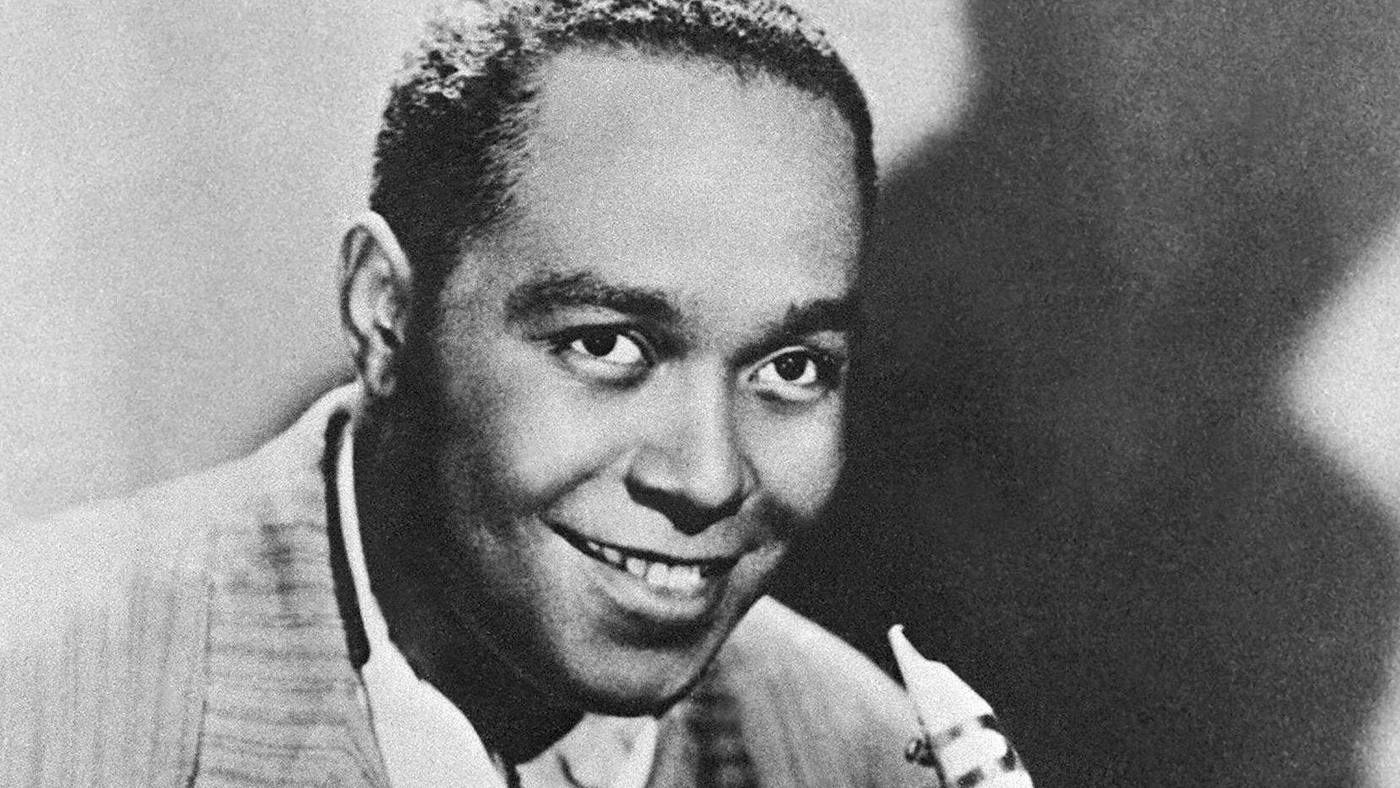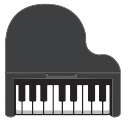Charlie Parker
Charlie Parker is one of the few artists who during his lifetime was called a genius whose name was and remains legendary. He left an unusually bright trace in the imagination of contemporaries, which was reflected not only in jazz, but also in other arts, in particular in literature. Today it is difficult to imagine a genuinely jazz musician, who in one way or another would not have experienced not only the conquering influence of Parker, but also his specific impact on his performing language.
Charles Parker was born in 1920 in the black quarter of Kansas City. His father was a vaudeville artist, his mother a nurse. Charlie went to school, where, of course, there was a big orchestra, and the first musical impressions were connected with playing on the wind baritone and clarinet. Always listening to jazz, the boy dreamed of alto saxophone. My mother bought him a tool, and at the age of fifteen he left school to become a professional saxophonist musician.

Work was only possible in dance schools. The newcomer was paid a dollar and a quarter and taught everything in the world. Many laughed ruthlessly when Charlie did not succeed, but he only bit his lip. Apparently, then they gave him the nickname “Yardbird” – a yard-bird, a sprat. But, as if by the storyteller’s prediction, the ugly Yardbird turned into a beautiful bird. “Bird” – “Bird” – so began to call Parker jazzmen, which acquired a completely different meaning and gave rise to a small but bright jazz idiomatics: here and the themes “Ornithology”, “Bird’s Nest” and “Fallen Leaves,” and here the famous New York- The York Club “Birdland” (Country of Birds) with its lullaby Shirting and the march of Zawinul.
“Music is your own experience, your wisdom, your thoughts, if you do not live by it, then nothing will come of your instrument.” We are taught that music has its own definite boundaries, but art does not have boundaries … ”
After leaving the house, Charlie became nomadic from band to band and from city to city by jazzman, until in 1940 he got to New York, having already learned life “up to the black bottom”. At that time among the jazzmen, the so-called “after hours” – after-work games were popular, which later became known as jam sessions. Every jam was going to have a company of musicians. At such “sessions,” Parker was looking for music that was already circulating in his head, but was not given into his hands. He himself later told how, one day in the first months of New York life, improvising on the theme “Cherokee” to the accompaniment of one guitarist, he found that, in a special way, accentuates the upper tones (nones and undecimes) of accompanying chords, he gets what he I heard inside me.
This is the legend of the style, which was then called bebop, then ribop, then bop. In fact, the new style of jazz, like any art of ensemble improvisation, could have been born in the practice of joint music making for many musicians. The process of style was born in jams in Harlem clubs, primarily at the Henry Minton Club, where, in addition to Parker, trumpeters Dizzy Gillespie and Fats Navarro, guitarist Charlie Crischen, pianists Tellonius Monk and Bad Powell, drummers Max Roach and Kenny Clark regularly gathered. The very term “bebop” is likely to be onomatopoeic. Parker from the very beginning mastered the manner of many musicians of Kansas City, had a habit of “slamming” the sound at the end of the phrase, which gave it a more rhythmic saturation. In general, the creators of jazz have never counted on theorists. Bebop did not bring a radically new thematic material. On the contrary, the musicians were especially willing to improvise on the usual twelve-tenth blues or thirty-two-tenths of the AAVA type, which everyone has heard. But on the harmonic grids of these themes they composed their melodies, becoming new themes. With the habit of not even hearing a thin ear it was not easy to find out the source. At the same time, new harmonic grids were saturated with sequential turns, chromaticisms, functional substitutions, and new melodies were fragmented with fancifully scattered punctuation, struck with asymmetry, ceased to be songs and became purely instrumental.

In bebop, the classical form of strict variations has reached its highest level. The innovation of harmonic language consisted in a very wide use of tonal deviations, but within each tonal shift the harmonic chains contained only basic functions and, as a rule, were not long. At this stage, the speech musical logic of thinking and language of improvisers – jazzmen – is the result of a broad, literally mass process of practical ensemble music making. The greatest contribution to this process was made by Charlie Parker. His fingers fluttered over the valves. His face became like a flying bird. In sound, rhythm, harmony, technique, in any key, he was free like a bird. I was struck by his intuition, musical fantasy and fantastic memory. He was struck by the disorderliness of his life, the combination of high and low in him, his slow self-ignition. And nevertheless, no matter what his condition, on whatever instrument he played (and he often did not have his own), he easily managed to play what others had stumped. Listen to his concert at Massy Hall, this is a good example when he played on a cheap rolling plastic instrument.
The main landmarks of Parker’s life after his experiments at Minton in 1941 are few. It is worth mentioning his work in the symphodize of Noble Sisla on the clarinet (1942), in the orchestra of Billy Ekstine (1944), who brought together all the future bebop stars – Dizzy Gillespie, Navarro, Stitt, Emmons, Gordon, Damron, Art Blakey. Returned from the war, the youth enthusiastically accepted bebop and Bird. The 52nd street, a legislator in jazz, becomes a street of bopers, Bop Street. There reigns Parker, who opens the 19-year-old trumpeter Miles Davis. In 1946 in Los Angeles, Parker “broke”, went to the Camarillo hospital, after leaving from which the musicians collected money for him on clothes and tools. In 1949, Parker performed at the first international jazz festival in Paris and returned to New York to open the club “Birdland”. Next year – Scandinavia, Paris, London and again the hospital. Then – a series of club appearances, drinking bouts, records, scandals and suicide attempts. Against this backdrop, a bright gem shines at the Massy Hall concert in Toronto, which was accidentally recorded. Death overtook Charles Parker on March 12, 1955. He was the founder of modern jazz, one of the main figures in jazz of the twentieth century.
